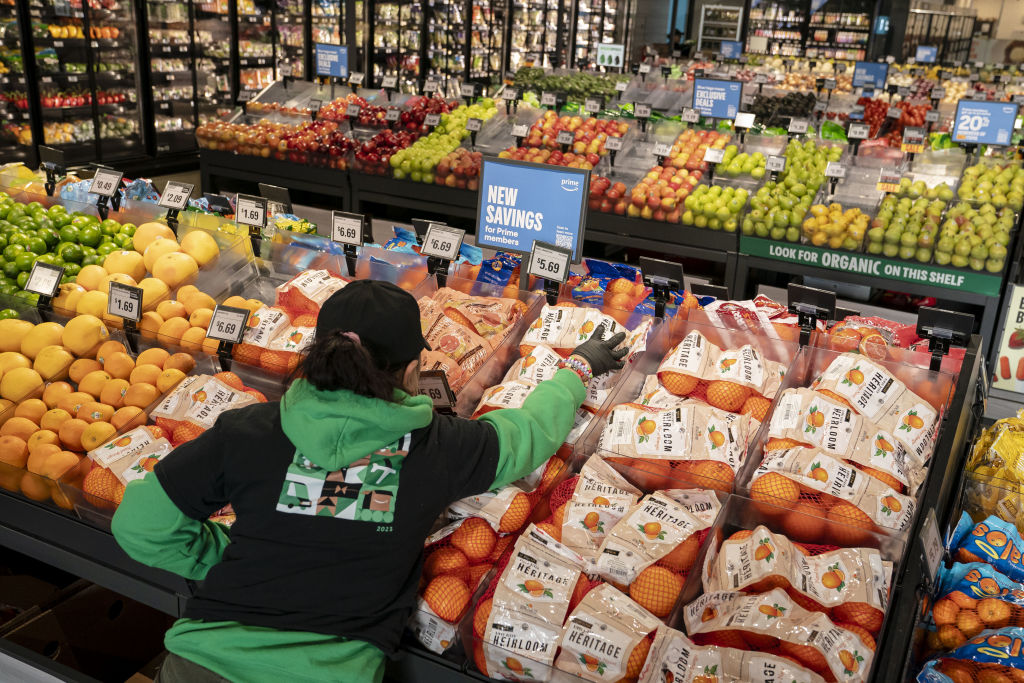
Digital price tags are becoming increasingly common in grocery stores. These electronic labels, which can be updated in real time, are being adopted by chains like , and the Midwestern chain Schnucks. Walmart recently joined the trend, announcing plans to implement digital pricing in 2,300 stores by 2026.
However, some consumers are concerned that the ability to change prices quickly could lead to price gouging, where prices are raised during periods of high demand.
While it’s true that digital pricing makes it easier for stores to raise prices, experts say this is unlikely to result in significant price increases for common items. In fact, the change could potentially save consumers money.
“Often, this is portrayed in the media as a way to boost business profits, and in some cases, that’s true, but it doesn’t mean customers always lose out,” says Timothy Webb, assistant professor at the Alfred Lerner College of Business and Economics.
One reason stores are adopting electronic labels is to improve efficiency, not just to increase costs. Manually changing thousands of price tags is a labor-intensive task, which has become more challenging as grocery stores face labor shortages. fromfound that 68% of grocers said that they’ve found it “difficult” or “very difficult” to staff up.
“Digital price displays are the future,” says Z. John Zhang, Professor of Marketing at the University of Pennsylvania. He explains that the technology is becoming more affordable, making it easier for stores to implement the system.
Walmart emphasizes that it will not engage in surge pricing and that the electronic pricing system is primarily a tool for simplifying tasks like price updates, shelf stocking, and product picking for online orders. “Walmart’s pricing strategy and business model remains Everyday Low Prices (EDLP),” Walmart said in an emailed statement to TIME on Tuesday. “Our new digital shelf labels are a technology tool for communicating these prices in the stores and for streamlining associate tasks.”
How it can save you money
Despite concerns about dynamic pricing, experts say the system can actually benefit consumers. Digital pricing systems allow stores to easily adjust prices, providing discounts to shoppers during less busy times, reducing staff workload and offering better deals.
Grocery stores face the constant challenge of balancing profitability with appealing to price-conscious customers. “It’s always been a dilemma for retailers—do you focus on margin or volume?” says Zhang.
Dynamic pricing allows grocery stores to achieve both goals and provide deals for budget-conscious shoppers. Instead of raising prices during peak demand like Uber, stores are more likely to offer discounts to those shopping during less busy periods.
“The same price would apply to everyone all week long, but on Mondays or Tuesdays, that’s a time that price-sensitive customers will shop, so they could offer a bigger discount,” says Zhang.
Digital pricing also provides an opportunity to reduce food waste. Stores can quickly discount nearing-expiry produce, offering customers better prices. “Customers see it as a chance to get a good deal, and grocery stores can sell items that they would have otherwise had to throw away,” says Webb.
Stores are keen to maintain good relationships with customers, a strategy recently demonstrated when stores including Target, Aldi, and Walmert lowered the prices of thousands of items in response to rising grocery costs,
“As much as people are worried about price changes, I think businesses are also aware that people have choices,” Webb says.


